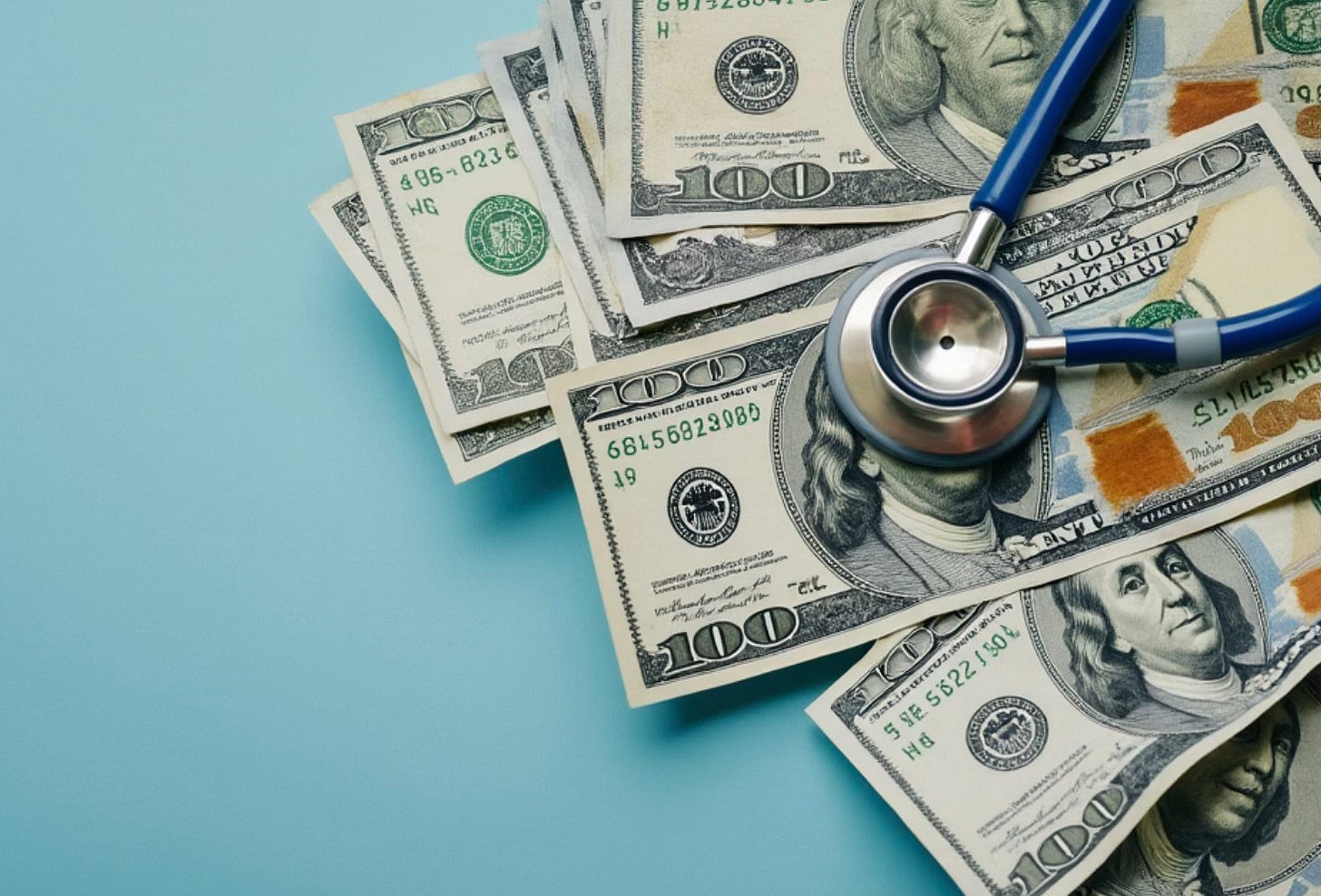At Least 14,000 U.S. Minors Have Received Gender-Transition Treatment or Surgeries In 5 Years, With Docs Billing $120 million
This is a conservative estimate from a new, comprehensive analysis of insurance-claims data by the advocacy nonprofit Do No Harm, which opposes such treatment for minors.
Medicalized gender transitions for minors were rapidly becoming more common in the United States until state bans of such medical interventions started to go into effect. Even in blue states where these medical practices remain legal, quite a few states saw a downturn in 2023, including in California and New York.
At least 14,000 minors underwent gender-transition treatment, surgeries or both between 2019 and last year. This five-year tally is a conservative estimate, meaning that the true figure is likely higher, if not quite a bit higher. The figure is the product of a new analysis of national insurance-claims data that was released on Tuesday by Do No Harm.
This medical advocacy nonprofit is fervently opposed to minors accessing puberty blockers, cross-sex hormones and gender-transition surgeries to treat gender dysphoria. Consequently, Do Not Harm’s word choice when describing these medical practices may strike some people as incendiary and even offensive.
“We feel very …
Keep reading with a 7-day free trial
Subscribe to Hazard Ratio: Benjamin Ryan to keep reading this post and get 7 days of free access to the full post archives.


